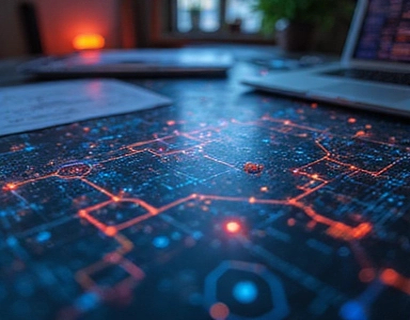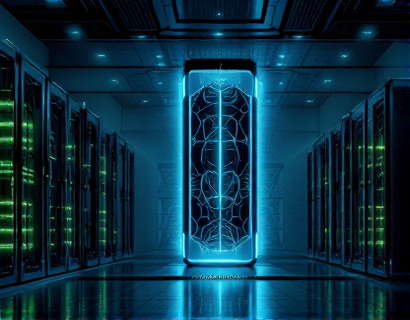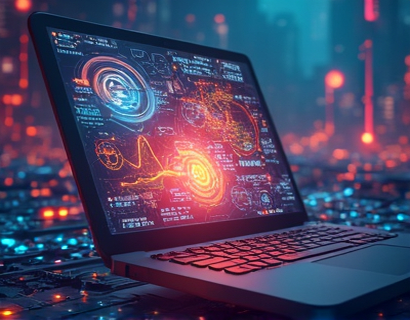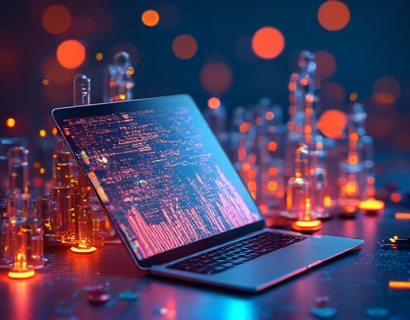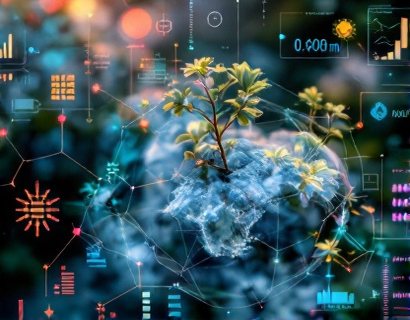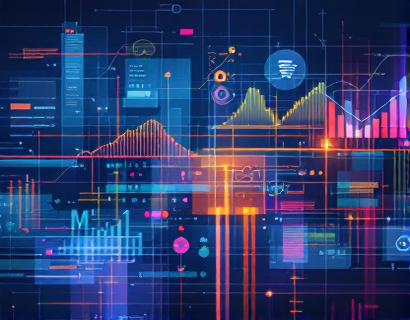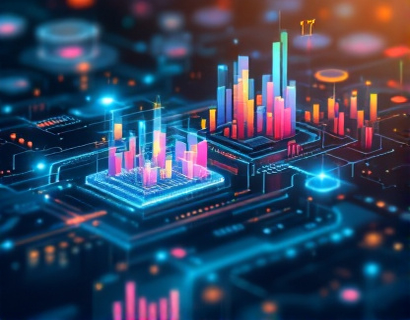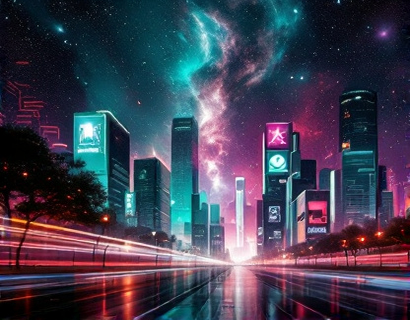NFTs: Revolutionizing Digital Ownership for Creators and Collectors in the New Era of Digital Innovation
The advent of Non-Fungible Tokens, or NFTs, has marked a significant turning point in the digital landscape, particularly for creators and collectors. This innovative technology is redefining the concept of digital ownership, offering unprecedented opportunities for artists, collectors, and enthusiasts alike. NFTs are unique digital assets stored on a blockchain, a decentralized digital ledger that ensures transparency, security, and immutability. This article delves into how NFTs are transforming the way digital content is created, traded, and owned, and how this revolution is fostering a dynamic community and redefining digital ownership.
The Rise of NFTs
The concept of digital ownership has long been a challenge in the digital realm, where copies can be infinitely replicated without loss of quality. NFTs address this issue by assigning a unique identifier to each digital asset, making it distinct and verifiable. The technology behind NFTs leverages blockchain, which has gained prominence with the rise of cryptocurrencies like Bitcoin and Ethereum. However, NFTs extend beyond mere digital currency, offering a new paradigm for owning and trading unique digital items.
The popularity of NFTs surged in 2025, with platforms like OpenSea and Rarible becoming hubs for digital art, music, and collectibles. This surge is not just a fleeting trend but a fundamental shift in how digital content is valued and exchanged. Creators can now monetize their digital works in ways that were previously unimaginable, while collectors gain ownership of unique digital items with provenance and scarcity.
Creating Digital Assets
For creators, NFTs provide a powerful tool to monetize their digital creations. The process of creating an NFT is relatively straightforward. Artists, musicians, and other content creators can use blockchain platforms to mint their digital assets into NFTs. This involves uploading the digital file, writing metadata, and setting the sale parameters. The metadata includes details such as the title, description, and images of the asset, which help in establishing its identity and value.
The use of smart contracts in NFT creation ensures that the terms of the sale, including royalties, are automatically enforced. For instance, when an NFT changes hands, a pre-set percentage of the sale price can be automatically transferred to the original creator, ensuring they continue to benefit from their work even after the initial sale. This feature is particularly appealing for artists who often struggle to earn sustained income from their digital creations.
Marketplaces and Platforms
The ecosystem around NFTs has given rise to various marketplaces and platforms that cater to different types of digital assets. These platforms serve as virtual galleries and auction houses, providing a space for creators to showcase and sell their NFTs. Some platforms focus on specific categories, such as digital art, music, or virtual real estate, while others are more general and accommodate a wide range of digital items.
One of the key advantages of these platforms is their user-friendly interfaces, which simplify the process of minting, listing, and purchasing NFTs. They also offer tools for managing collections, tracking ownership history, and engaging with a community of like-minded individuals. This community aspect is crucial, as it fosters collaboration, feedback, and support among creators and collectors.
Owning and Collecting NFTs
For collectors, NFTs offer a new way to own unique digital items with tangible value. Unlike traditional collectibles, NFTs come with verifiable proof of ownership and scarcity, making them highly desirable. Collectors can build and showcase their digital collections, much like they would with physical items. The transparency provided by blockchain technology ensures that the ownership history and authenticity of each NFT are easily verifiable.
Moreover, the rarity and uniqueness of NFTs can lead to significant value appreciation over time. Some NFTs have sold for hundreds of thousands, if not millions, of dollars, attracting serious collectors and investors. This potential for growth makes NFT collecting an exciting and lucrative endeavor.
Community and Engagement
The NFT ecosystem is not just about transactions; it is also about community and engagement. Platforms and marketplaces often feature forums, chat rooms, and social features that allow creators and collectors to interact, share ideas, and collaborate. This community aspect is vital for the growth and sustainability of the NFT market.
Creators can receive feedback on their work, gain exposure, and build a following. Collectors can connect with other enthusiasts, participate in discussions, and stay updated on the latest trends and releases. This sense of community helps to drive innovation and creativity, as individuals inspire and challenge each other to push the boundaries of digital art and collectibles.
Challenges and Considerations
Despite the numerous benefits, the NFT space is not without its challenges. One of the primary concerns is the environmental impact of blockchain technology, particularly proof-of-work blockchains like Ethereum. The energy consumption associated with mining and transaction processing has raised environmental concerns. However, the industry is actively exploring more sustainable alternatives, such as proof-of-stake mechanisms and eco-friendly blockchains.
Another challenge is the volatility of the cryptocurrency market, which can affect the value of NFTs. While this volatility can lead to significant gains, it can also result in losses. Collectors and creators must be aware of the risks and approach NFT investments with caution.
Additionally, the regulatory landscape for NFTs is still evolving. Different countries have varying laws and regulations regarding digital assets, which can impact how NFTs are created, sold, and owned. Creators and collectors should stay informed about the legal aspects to navigate the market effectively.
Future Prospects
The future of NFTs looks promising, with ongoing developments aimed at addressing current challenges and expanding the potential of digital ownership. The integration of NFTs with other technologies, such as augmented reality (AR) and virtual reality (VR), is creating new dimensions for digital experiences. For example, NFTs can represent unique items or experiences within virtual worlds, enhancing the immersive nature of these environments.
Furthermore, the concept of interoperability is gaining traction, allowing NFTs to be used across different platforms and ecosystems. This could lead to a more seamless and interconnected digital economy, where creators and collectors can easily share and utilize their assets across various services and applications.
In conclusion, NFTs are revolutionizing digital ownership by providing creators with new monetization opportunities and collectors with unique and verifiable digital assets. The community-driven nature of the NFT ecosystem fosters collaboration and innovation, redefining the digital experience. As the technology continues to evolve, the potential for NFTs to transform various industries and aspects of digital life is immense.








